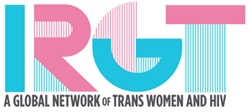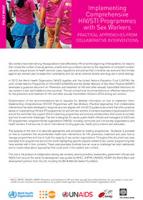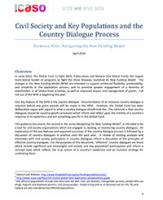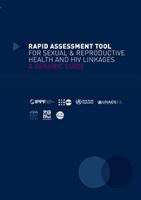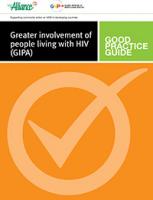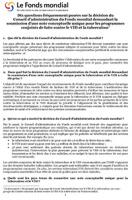
This tool, commonly abbreviated as ‘SWIT,’ is the product of collaboration among sex workers, service providers, researchers, government officials, and NGOs from around the world. Its development was guided by WHO, UNFPA, UNAIDS, NSWP, the World Bank, and development partners from the US, including the Bill & Melinda Gates Foundation. The purpose of this tool is to describe approaches and principles to building programmes. Guidance is provided on how to implement the recommended health-care interventions for HIV prevention, treatment and care, how to manage programmes, and how to build the capacity of sex worker organizations. Throughout the document are case examples from programmes around the world, highlighting specific aspects related to sex worker programming that have worked well in their contexts. These case examples illustrate how an issue or challenge has been addressed, and to inspire ideas about approaches that could work in the reader’s own context.
The full-text document is also available.
Year of publication:
2013
Media:
